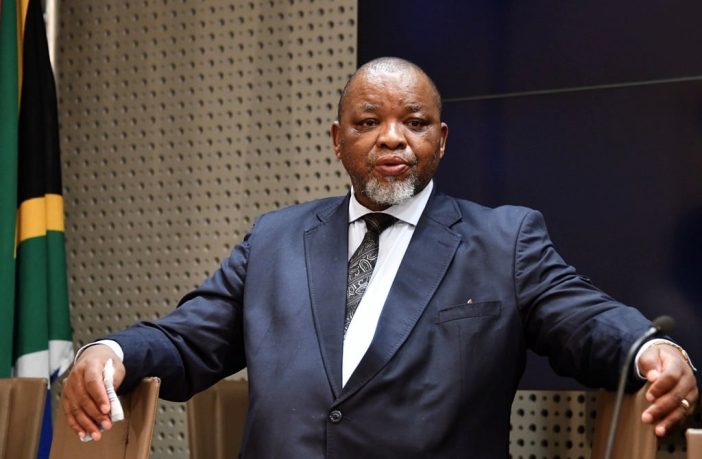- It has been just over two (2) weeks since the deadline for comments on the Department of Mineral Resources and Energy’s (DMRE) draft 2023 Integrated Resource Plan (IRP2023).
- The Southern African Faith Communities’ Environment Institute (SAFCEI) assessment is that the draft IRP does not provide a realistic assessment of the costs of nuclear power.
- While civil society and policy experts have highlighted a myriad of concerns, SAFCEI has focussed on how the DMRE’s IRP2023 has the cost of nuclear power at an artificially cheap level.
- The organisation urges government to heed expert insights, which are based on the facts of the economics of nuclear power, and which emphasise that “ambitious nuclear programmes are seldom realised because of the high costs.”
SAFCEI’s Executive Director Francesca de Gasparis says, “By relying on unrealistic costing for nuclear power, the IRP2023 seems to be an attempt to push South Africa into purchasing up to 14,500 MW of new nuclear reactors. Others have raised concerns about the IRP. Thecosting of nuclear underscores our reasons for joining the call for the IRP2023 to be redone. While noting that the Integrated Energy Plan for South Africa, Section 6 of the National Energy Act, came into operation at the start of this month – after a legal intervention last year by SAFCEI and The Green Connection.”
Construction costs are typically quoted as the cost, excluding finance charges, and this total ‘overnight cost’ is quoted in cost per unit of capacity. As part of its IRP2023 documentation, the DMRE gave two figures for new pressurised light water generation III+ reactors. According to the DMRE, the total overnight cost for a 1500 MW reactor is US$3,6517/kW, while a 1250 MW reactor comes in at US$4,270/kW. However, these costs do not correspond with the department’s own commissioned study into the price of new nuclear power plants for South Africa – Supply-Side Cost and Performance Data for Eskom Integrated Resource Planning by Electric Power Research Institute – and those of plants currently or recently constructed.
“But when we consider the real costs associated with constructing a new nuclear plant, such as with the study that looked at Areva’s 1600 MW EPR and Westinghouse’s AP1000 (capacity 1117 MW), then we see quite a different picture. Using the current exchange rate, we see that the total overnight costs are estimated at US$6,458 and US$6,172, respectively, which is way more expensive than the costs suggested by the DMRE in the IRP2023. For the entire nuclear plant, this works out respectively at US$10.3 bn for the EPR, which is R193,85bn in rand, and US$6.9 bn for the AP1000 which is R129,87bn, at today’s exchange rates,” says de Gasparis.
The multi-faith environmental justice organisation questions how the DMRE’s costs in the IRP2023 are between 54.7% and 66.9% lower than its own commissioned expert study, adding that this appears to be a blatant attempt to rig the IRP, in order to make nuclear energy fit. According to the IRP, the optimum new build for South Africa is a combination of nuclear power and renewables. But when compared to known costs of these two reactor types, the study itself is flawed.
Professor Steve Thomas of Greenwich University wrote in his recent report “A much more reliable indicator is the cost of the ‘previous’ project, perhaps with some addition as the trend in the real cost of nuclear power plants has been upwards throughout the history of the nuclear industry. If we take the mean value of the last four projects for EPRs and AP1000s, where costs are known, it is roughly valued at about $12,000/kW in the 2024 economy. The problem is, therefore, not so much that large numbers of hopelessly uneconomic reactors will be built, it is the ‘opportunity cost’ of wasting a decade or more on an option bound to fail, thus sacrificing the more financially attractive options that are much less prone to failure and much quicker to implement.”
Author: The Southern African Faith Communities’ Environment Institute
Disclaimer: The articles and videos expressed in this publication are those of the authors. They do not purport to reflect the opinions or views of Green Building Africa, our staff or our advertisers. The designations employed in this publication and the presentation of material therein do not imply the expression of any opinion whatsoever on the part Green Building Africa concerning the legal status of any country, area or territory or of its authorities.















